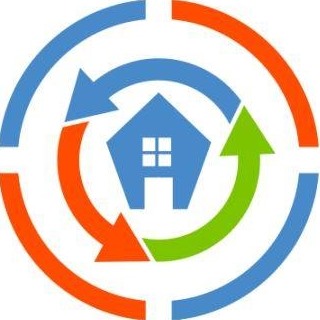EXECUTIVE SUMMARY of Requests from COLE (Coalition on Lead Emergency)
Whereas lead poisoning at or above 5 micrograms of lead per deciliter (5μg/dL) of blood can cause permanent cognitive damage, behavioral problems, higher school suspension rates, health issues, and increased incarceration for violent crimes;
Whereas lead poisoning in children costs WI taxpayers $7 billion in costs for medical treatments, special education, and crime and juvenile delinquency;
Whereas lead exposure to children ages 1-6 is mainly due to interior and exterior dust from deteriorating lead-based paint (in homes built before 1978 or earlier), while lead exposure to children under age 1 can have especially high contributions from lead pipes (“service lines”) and other lead-containing plumbing that carries drinking water; and
Whereas, lead-poisoned children are found in every Wisconsin county
Therefore, the Coalition on Lead Emergency (COLE) requests the following items be included in the Wisconsin Biennial Budget for 2021–2023:
1) $20.3 million over the biennium for LOCAL HEALTH DEPARTMENTS – to increase current interventions for children and families:
- $9.5 million to increase testing Wisconsin children at risk for lead poisoning;
- $900,000 additional to educate parents about lead hazards and lead poisoning prevention;
- $9.9 million increase over the biennium to expand services in the Birth to 3 Program to support education and development of children affected by lead poisoning.
2) $23.8 million over the biennium to REDUCE LEAD POISONING BY PAINT – and add $20 million in federal matching funds:
- $11.8 million additional funding for local health departments to conduct lead hazard investigations and issue lead abatement orders for homes endangering children;
- At least $8 million as a state revenue match to leverage an additional $20 million in federal dollars (CHIP) for the Lead-Safe Homes program, to fund remediation of deteriorating lead-based paint hazards and increase associated workforce development;
- $4 million plus 1 position in ongoing funding for the Windows Plus Program, to fund remediation of friction surfaces that grind lead paint into dust (like windows).
3) At least $40 million over the biennium to REPLACE LEAD SERVICE LINES – to reduce the risk to children and especially to formula-fed newborns and infants.
